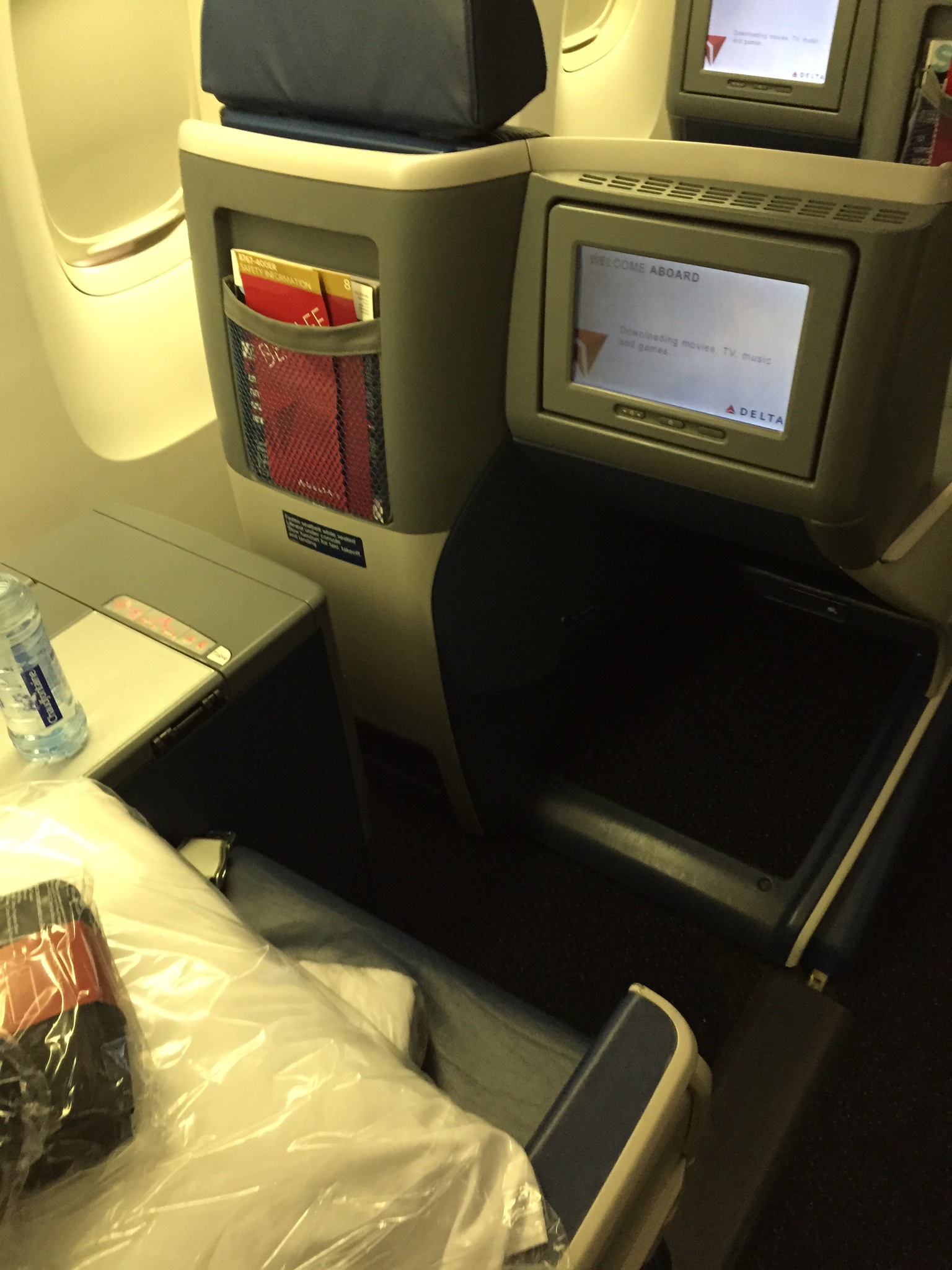So, Are the International First Class Cabins Shrinking or Growing?
It seems to be conventional wisdom that the number of international first class seats has been declining for at least a few years now. After all, U.S. carriers have seen a significant reduction in seat purchases by passengers for First as more travelers have opted for Business class instead, for a number of reasons. Industrywide, they have reduced first class seating by 24%.
The first U.S. legacy carrier to abandon international first class was Delta Air Lines. And it’s fair to note, the business class seating has greatly improved in recent years. Virtually all of Delta’s long-haul international flights – and some of their domestic routes – now have lie-flat seats with all-aisle access in their business cabin (as I experienced when flying from Atlanta to Rio this weekend).
But if you use the U.S. carriers as a first class barometer for the world, you would be way off the mark because the real trend in first class seating is actually up quite a bit.
This article by FT.com puts some numbers to the tape. According to aviation data source OAG, first class seating has increased 34% over the past five years. Looking at EU-based carriers, their seats were in serious decline until five years ago. However, led by new cabin designs from Air France, British Airways, and Lufthansa, the seating is making a comeback in European flights. First class seating is now more than double what it was nine years ago.
The most dramatic increase in first class seating comes from the Middle Eastern and Asian carriers. Qatar leads everyone, increasing their seating by 132% while Emirates is up 32%. And then there is the bar raised by Etihad. For only $20,000, you can fly from Abu Dhabi to London in their 3-room suite called The Residence, complete with your own butler. Oh, that fare is only one way.
So, are the U.S. carriers out of lockstep with the rest of the world? Well, they are extremely profitable at the present time – and they know there will be an economic downturn at some point – and their bonuses are based on what the airlines earn today, not tomorrow…
I don’t have much faith that we will see the direction for U.S. international first class seating change in the near future. Their market is still primarily U.S.-based passengers who tend to be quite price sensitive. And remember, some of the international carriers have significant underwriting by their governments. On the other hand, if they see that the others – especially their European counterparts – can make their first class cabins profitable for international flights, it is certainly possible.



